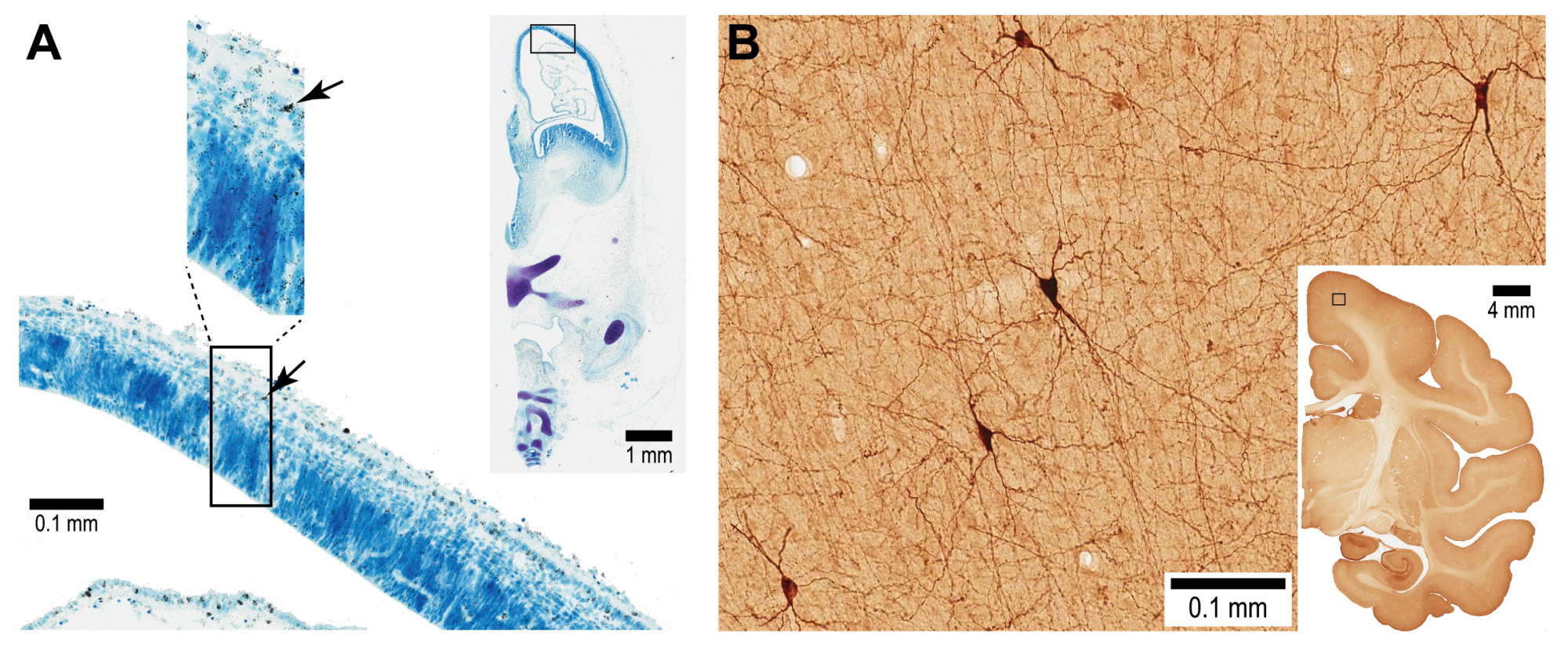The MacBrain Resource Center (MBRC) at Yale University School of Medicine is positioning itself at the forefront of innovative ways to provide cost-effective means for scientists to conduct de novo nonhuman primate brain research with extant materials
This avoids superfluous animal sacrifice, increases study repeatability, decreases costs, and makes NHP brain research accessible to a much larger scientific community. Conditions that its Director, Dr. Alvaro Duque, believe will help advance neuroscience. The brain is a complex system and, as it is often the case with the study of complex systems, research is expensive and progress very slow.
This is more so in the case of macaques, which have long gestational periods, a long life, and are large social animals that require substantial living space and consume vast resources. Their big, convoluted brains are also more expensive to process than smaller brains. Hence, better management, proper preservation of NHP brain materials and their sharing among scientist are paramount to decrease the need to sacrifice new animals, lower costs, and speed research.
The MBRC currently houses seven collections, all actively growing as materials are restored and/or processed, inventoried, catalogued, and added. Of mention are hundreds of brains from the offspring of tritiated thymidine injected pregnant monkeys (Collection 1) that Dr. Pasko Rakic used in his pioneer studies of cortical development. These experiments made it possible for scientist to follow the fate of neurons labeled at neurogenesis. From many of these cases tissue blocks were specially prepared for electron microscopy (Collection 5) and some of this material was used for synaptic studies that allowed understanding of processes such synapse formation and pruning. In 2021, Dr. Duque introduced Collection 6; in which histological processing of existing frozen samples has produced, to date, over 15,000 digital images of rostral to caudal series of sections that permit high resolution exploration of over two dozen neuronal and glia markers. All collections are actively used for research and the number of high impact publications they afford is on the rise: https://medicine.yale.edu/neuroscience/macbrain/research/.
Why the emphasis on nonhuman primate brain research?
NHPs are irreplaceable in biomedical research because of their many similarities with the human, similarities which arise from the sharing of large percentages of our genomic and proteomic makeup. However, these similarities are also why, except perhaps for research involving our beloved pets, nonhuman primate brain research raises so many public upheaval and ethical concerns. Our most human traits, including complex social behaviors, are easily identifiable in our NHP relatives. It is logical that the very essence of what makes NHP research so fundamental for understanding human biology and behavior also makes their sacrifice so unpopular. Yet, the use of NHPs is essential for advancing our understanding of human development, aging, and the processes that render us healthy or ill. This is why it is so concerning that some members of the public would like to see NHP research completely banned. The National Association for Biomedical Research (NABR) alerts of an imminent crisis that puts the drug development pipeline at risk after governmental agencies threaten the very availability of NHPs for experimentation (https://www.nabr.org/). We advocate animal use reduction by increasing the use of archived material but believe that preventing necessary sacrifice would be a fatal mistake in the search for knowledge and cures. Many drugs and vaccines used in medical and veterinary medicine would not be possible otherwise. These statements by no means question or diminish the contributions of many other species used in research. To mice, rats, fish, birds, and invertebrates, we owe tremendous advances in basic biology, biochemistry, anatomy, and physiology.

The value of remote access to digitized data collections
Stored tissue that meets the stringent conditions of proper preservation for histological and biochemical processing is an advantage. However, processing of tissue still requires the presence of technicians and researchers in the lab. Once processed, access to vast amounts of digital data suitable for investigation potentiates their usefulness and value. Stained and digitized brain sections in Collections 1 and 6 (as shown in the figure) already proved useful for conducting remote research during the COVID-19 crises that closed many research facilities. Remote collaborations between the MBRC and researchers in diverse parts of the world were, and continue to be, fluid, and effective. Improved, faster internet services permit quick transmission of ever larger amounts of data. Some of our highly detailed digital images are currently being analyzed with the help of artificial intelligence and used by experts in different continents, for both research and education.
Funding for the MBRC is provided by the National Institute of Mental Health (grant RO1MH113257 to Dr. Alvaro Duque).

This work is licensed under Creative Commons Attribution-NonCommercial-NoDerivatives 4.0 International.


